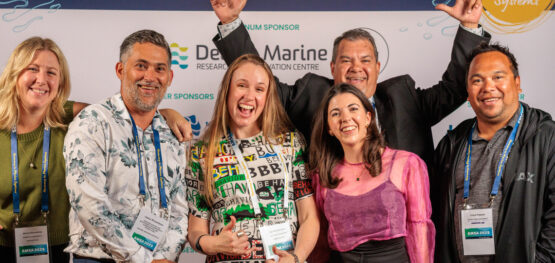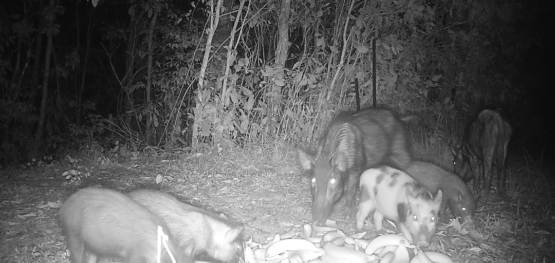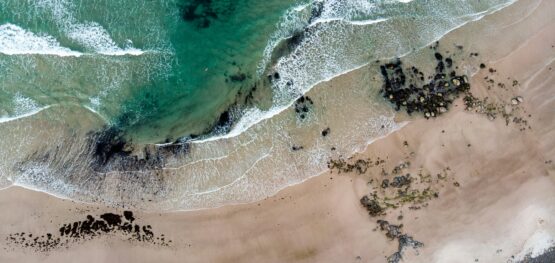Article
5 September 2025
In the past year, more than 300 participants have taken part in workshops, roundtables and case studies to co-design the National Indigenous Environmental Research Network (NIERN). The result is a well-defined model for establishing a membership-based, Indigenous-led and owned organisation to help guide national priorities for environmental research and provide services to connect Indigenous research users and providers.

Indigenous Australians own, manage, or have rights to nearly 60% of the country, as well as over extensive parts of the coastal waters. These areas are rich in biodiversity and cultural heritage, but research involving Indigenous Estate has too often been shaped without Indigenous leadership and input. Indigenous Knowledge has also historically been undervalued, with many research projects excluding Indigenous people from planning, implementation, and interpretation of results.
“NIERN will be about creating the space and structures for Indigenous people to set the agenda on environmental research from the very start, not just contribute to it,” explains Dr Leah Talbot, one of the project leads and research manager at the North Australian Indigenous Land and Sea Management Alliance LTD (NAILSMA). “This is how we can ensure environmental research delivers real benefits for Country and community, and the results can be relevant, respectful and enduring.”
The nationwide consultations during this initial stage agreed that NIERN will not conduct research directly. Instead, it could offer ‘wrap-around’ services to support both Indigenous research users and providers. It will be set up to act as a ‘broker’ to assist Indigenous communities and their research priorities, linking them to relevant research institutions. This includes guidance on Indigenous-led priorities, culturally safe practices, and governance models that embed cultural authority throughout the entire research process.
Indigenous communities identified four priority areas for NIERN to focus on: land and sea management, climate change and adaptation, culturally significant entities, and biocultural regional planning.
NIERN’s vision is to:
- embed Indigenous Knowledges and perspectives to determine the direction and priorities for environmental research;
- establish culturally safe research standards and protocols, and strengthen Indigenous rights and knowledge; and
- increase two-way capacity in right-way science and Indigenous-led environmental research.
Right-way science, whereby Indigenous and non-Indigenous participants work together through every stage of a project, will be central to NIERN’s operations. This approach promotes mutual benefits, protects Indigenous Cultural and Intellectual Property, and strengthens stewardship of Country.
“NIERN will offer a pathway to ensure that Indigenous voices are not only heard but also have authority in shaping the research that affects their Country. With a national commitment to protect 30% of land and sea by 2030, the Indigenous Estate can play a significant role in Indigenous-led environmental research projects.”
Dr Leah Talbot
The project team will soon deliver a strategic plan and a business case to establish and operate NIERN over its first five years.
As Dr Teagan Shields, National Environmental Science Program (NESP) Resilient Landscapes Hub project leader at Curtin University, explained in a news article, NIERN “flips the model” of environmental research by starting with community priorities, then finding the right researchers to support them. This change, backed by strong Indigenous governance, has the potential to transform the design and delivery of environmental research in Australia, ensuring that both Country and culture benefit from the outcomes.
This project is funded by a partnership between the National Environmental Science Program (NESP) Marine and Coastal Hub and Resilient Landscapes Hub. The project is led by Northern Australian Indigenous Land and Sea Management Alliance (NAILSMA) and Curtin University.



